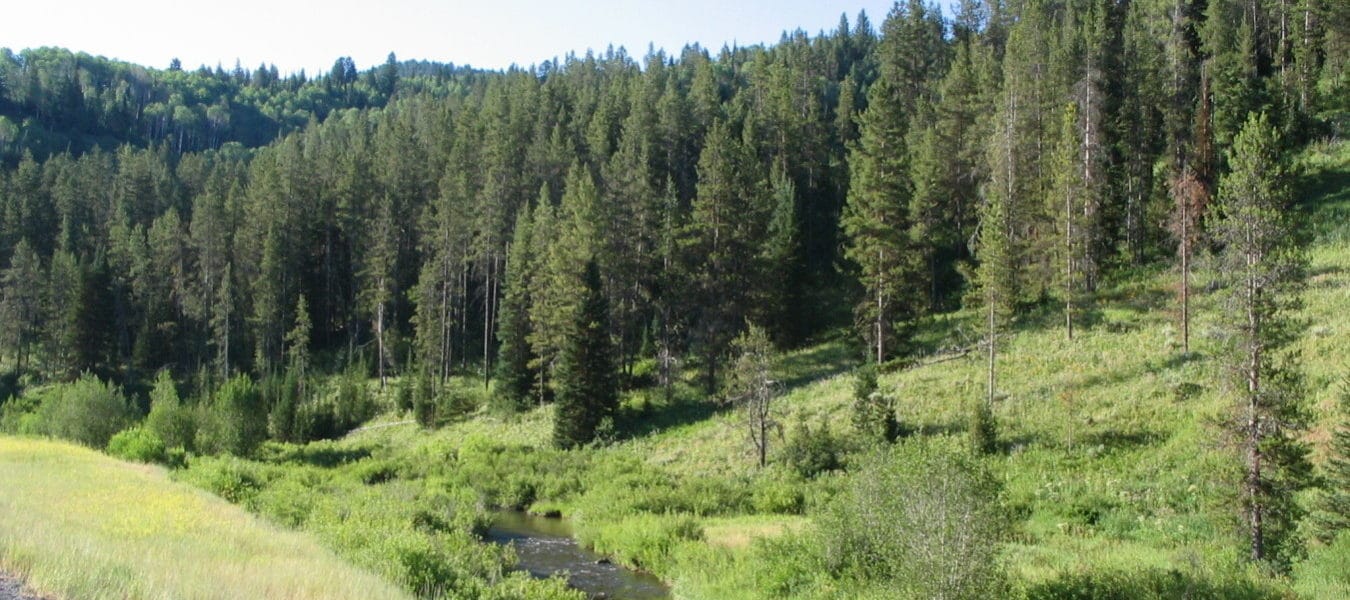Category: Geology and Caves
Southeast Idaho Geology and Caves
The three forces of nature that shaped this landscape to become mountains and valleys are the shifting of the land plates to push the mountains up, two major volcanic eruptions and finally the massive Bonneville Flood. Several rivers and streams ad their courses altered by these natural events, but virtually all the lakes and reservoirs came into being at the hand of man to fill the need for crop irrigation and electric power.
 Looking at a geographic map of the United States people wonder how Idaho’s eastern and western boundaries were decided in such irregular pattern. The northern and southern borders of the state are nice and straight lines by contrast. The simple explanation is the western border used to be the coastline of the Pacific Ocean until California, Washington and Oregon rose up from the ocean floor pushing Idaho upward to become the western side of the Rocky Mountains. The highest point of the Rockies became the Continental Divide which is defined by where the snowmelt runoff from these mountains goes. This also explains the border of Idaho and Montana. Montana’s water runs southeast to the Missouri and Mississippi rivers to the Atlantic Ocean. Idaho’s water runs northwest to the Columbia River and the Pacific Ocean.
Looking at a geographic map of the United States people wonder how Idaho’s eastern and western boundaries were decided in such irregular pattern. The northern and southern borders of the state are nice and straight lines by contrast. The simple explanation is the western border used to be the coastline of the Pacific Ocean until California, Washington and Oregon rose up from the ocean floor pushing Idaho upward to become the western side of the Rocky Mountains. The highest point of the Rockies became the Continental Divide which is defined by where the snowmelt runoff from these mountains goes. This also explains the border of Idaho and Montana. Montana’s water runs southeast to the Missouri and Mississippi rivers to the Atlantic Ocean. Idaho’s water runs northwest to the Columbia River and the Pacific Ocean.
The Bear River is part of the westward flowing slope of the Rockies. It starts in the mountains of Utah and flows northwest to Idaho’s Bear Lake Valley and on to Soda Springs where it turns south through Preston and empties into the Great Salt Lake, which doesn’t make much sense. It travels over 400 miles to cover a distance of only 90 miles. It used to flow through Pocatello to the Snake River and onto the Pacific Ocean.

Then a rift volcano, named China Hat, still visible near the intersection of state highway 34 and US 30 near Soda Springs raised the valley floor and sent a wall of molten lava 40 miles west to Pocatello. A second major flow occurred shortly after following the same path. These lava flows turned the Bear River southward. The remnants of these flows are spectacular to see at Grace, McCammon, Inkom and Pocatello.

The final event affecting the geography of Southeast Idaho occurred just 15,000 years ago. Prior to that a great deal of Utah and Nevada were covered by Lake Bonneville. What is now Preston was underwater but current day Downey was dry. Then at Red Rock Pass the natural dam broke and sent a wall of water estimated to be 300 feet high northwest all the way to the Pacific Ocean. The boulders pictured and the landscape of Marsh Valley were tumbled and polished by this event.












